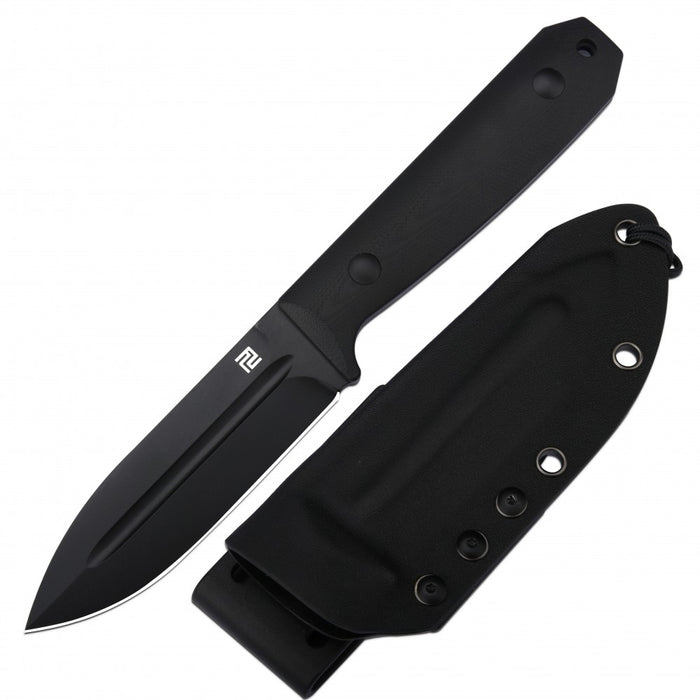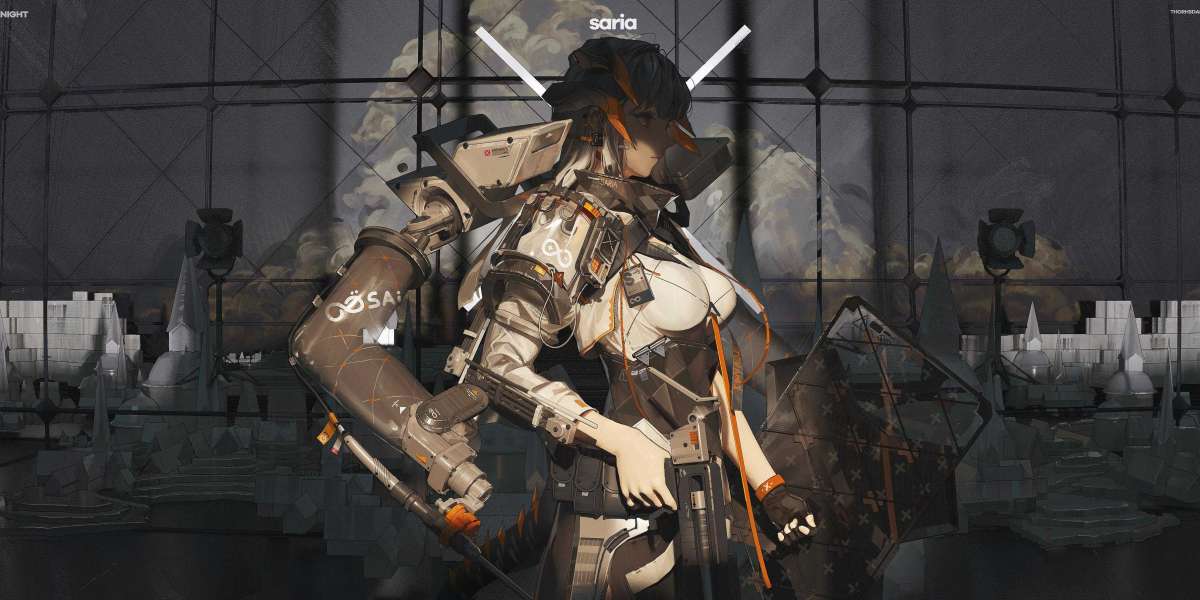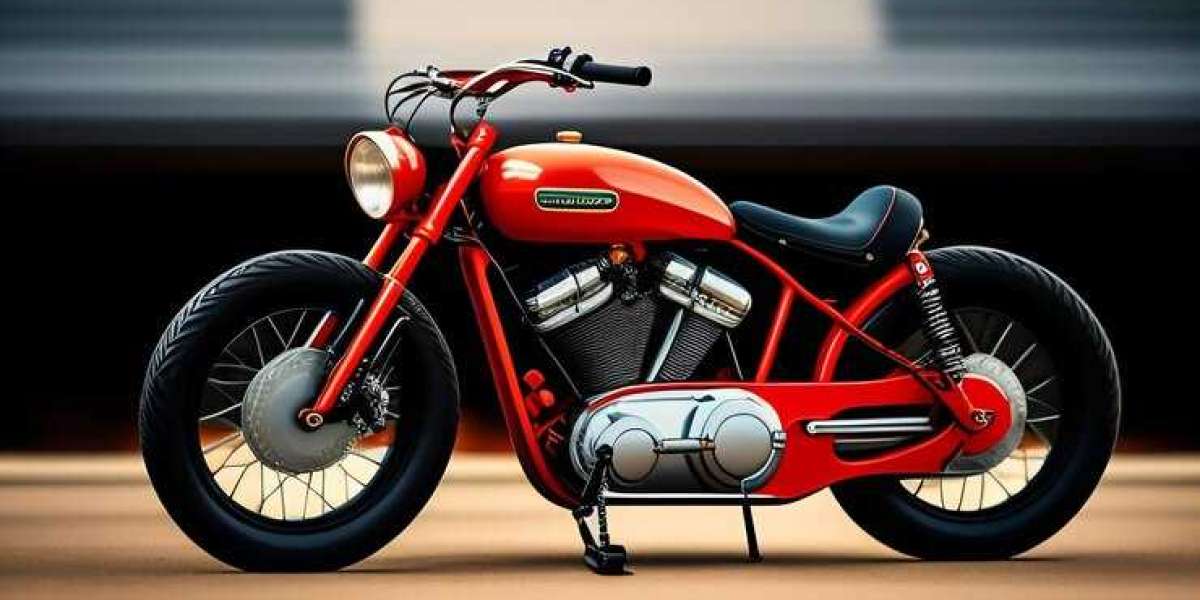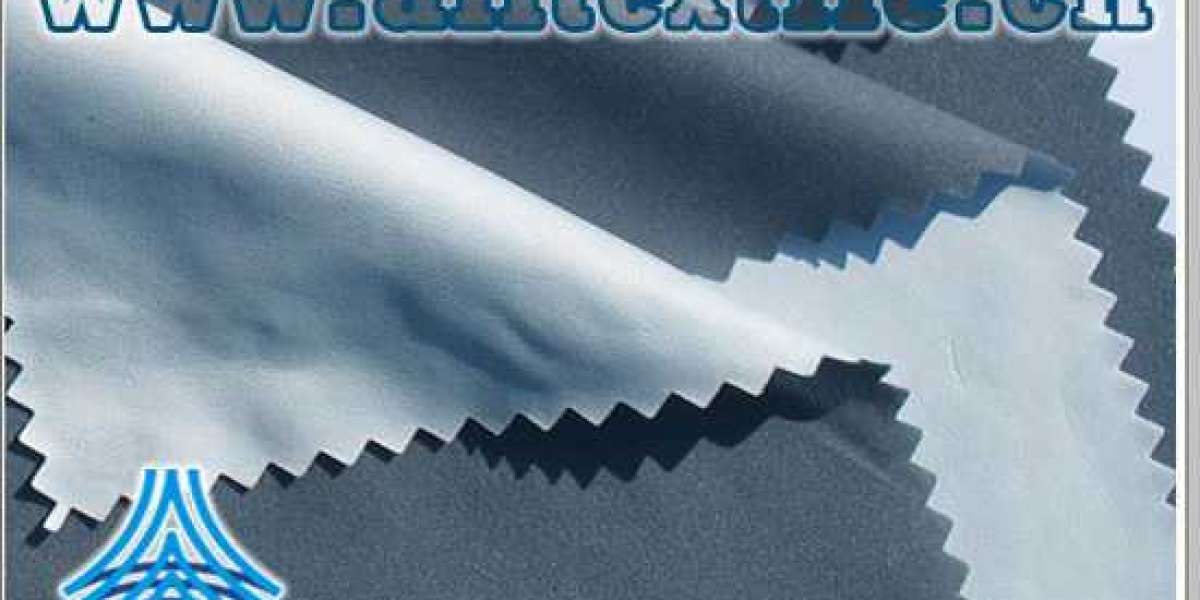Fixed blade knives are an essential tool for various outdoor activities, survival situations, and even everyday tasks. They are known for their durability, strength, and versatility. In this article, we will demystify different types of fixed blade knives and explore their uses in different contexts.

Understanding Fixed Blade Knives
Fixed blade knives are knives that have a blade that is permanently fixed to the handle. Unlike folding knives, fixed blade knives do not have a hinge mechanism, making them more robust and reliable. They are typically made from high-quality steel, which ensures their strength and sharpness.
One of the key advantages of fixed blade knives is their simplicity. With no moving parts, they are less likely to fail or break, making them ideal for demanding tasks. They are also easier to clean and maintain compared to folding knives.
Demystifying Different Types of Fixed Blade Knives
There are several different types of fixed blade knives, each designed for specific purposes. Let's explore some of the most common types:
1. Survival Knives
Survival knives are designed to help individuals survive in challenging outdoor environments. They typically have a strong and durable blade, a comfortable handle, and additional features such as a serrated edge, a firestarter, or a built-in compass. Survival knives are essential for activities such as camping, hiking, and bushcraft.
For example, a survival knife can be used to build shelters, prepare food, start fires, and even signal for help in emergency situations. Its versatility and reliability make it a must-have tool for outdoor enthusiasts.
2. Hunting Knives
Hunting knives are specifically designed for hunters and are used for field dressing, skinning, and butchering game. They typically have a sharp and narrow blade, which allows for precise cuts and reduces the risk of damaging the meat. Hunting knives often have a gut hook, which is a small, curved blade on the spine of the knife used for opening the abdomen of game animals.
Whether you are a professional hunter or an occasional game enthusiast, a hunting knife is an essential tool for processing game efficiently and effectively.
3. Tactical Knives
Tactical knives are designed for military, law enforcement, and self-defense purposes. They are characterized by their robust construction, ergonomic handles, and aggressive blade designs. Tactical knives often feature a tanto or drop point blade, which provides excellent piercing ability and strength.
These knives are used for various tasks such as cutting through ropes, breaking glass, or defending oneself in emergency situations. They are built to withstand extreme conditions and are an indispensable tool for those in high-risk professions.
4. Bushcraft Knives
Bushcraft knives are designed for wilderness survival and bushcraft activities. They are typically characterized by a strong and thick blade, a comfortable handle, and a full tang construction. Bushcraft knives excel at tasks such as carving, batoning, and feathering wood.
Whether you are building a shelter, starting a fire, or preparing food in the wilderness, a bushcraft knife is an essential tool that can handle the demands of outdoor survival.
Conclusion
Fixed blade knives come in various types, each with its own unique features and uses. Whether you are an outdoor enthusiast, a hunter, a military professional, or simply someone who values a reliable tool, there is a fixed blade knife that suits your needs.
By understanding the different types of fixed blade knives and their uses, you can make an informed decision when choosing the right tool for your specific requirements.
References:
1. Outdoor Gear Lab - Best Fixed Blade Knives
2. Blade HQ - Fixed Blade Knives
3. Knife Center - Fixed Blade Knives








